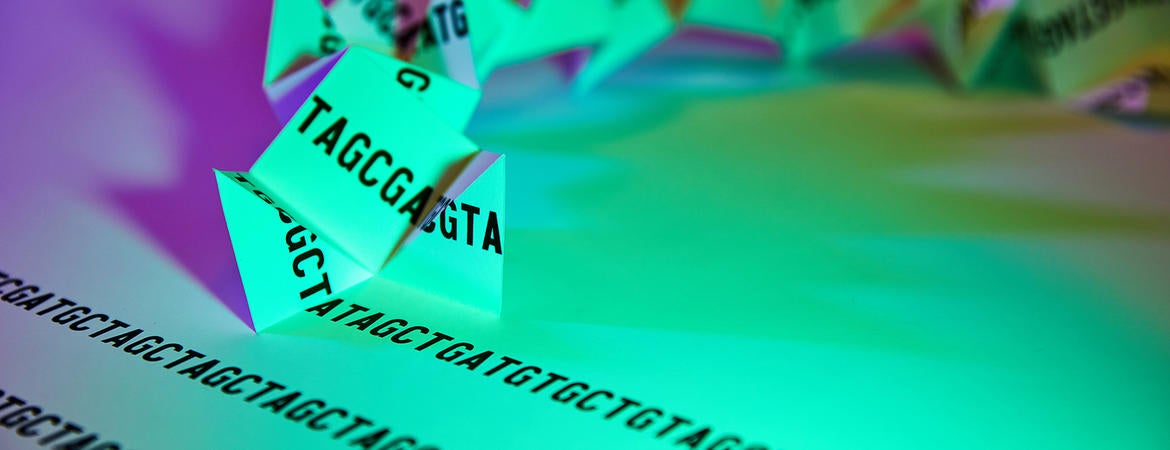UC Riverside News February 22, 2019
Any active machine emits a trace of some form: physical residue, electromagnetic radiation, acoustic noise, etc. A team of researchers in the US (UC Irvine, UC Riverside) set microphones similar to those in a smartphone in several spots near a DNA synthesizer. After filtering out background noise and running several adjustments to the recorded sound, the researchers found the differences were too subtle for humans to notice. But through a careful feature engineering and bespoke machine-learning algorithm they were able to pinpoint those differences. The researchers could easily distinguish each time the machine produced A, G, C, or T. By analyzing the recordings they identified the correct type of DNA with 86 percent accuracy. Additional well-known DNA sequencing software could boosted the accuracy to almost 100 percent. Using this method, a knowledgeable observer could tell if the machine was making anthrax, smallpox, or Ebola DNA, for example, or a commercially valuable DNA intended to be a trade secret. The method could help law enforcement prevent bioterrorism, but it could also be used by criminals or terrorists to intercept biological secrets…read more. Open Access TECHNICAL ARTICLE

The article